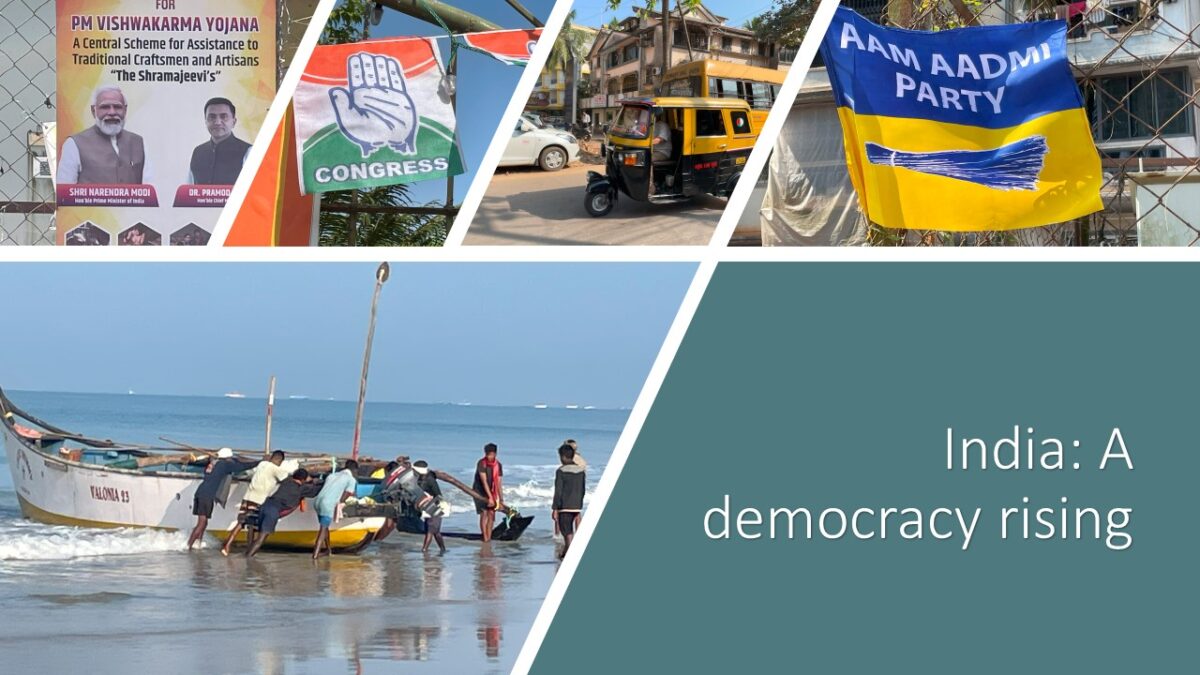By Mike Swadling
“the world’s largest democracy and country, India is going to the ballot box”
With a 20 mile stretch of golden sand, a shallow continental shelf allowing you to walk far into the Arabian Sea, a dry heat and beach bars every few hundred yards my spot in Goa wasn’t a place to be thinking about politics.
However, go about a mile inland and flags, boards and posters start to pop up for the Aam Aadmi Party, the Revolutionary Goans Party, Congress, a selection of BJP candidates, and even graffiti about the Portuguese (Goa used to be a Portuguese colony). As well as a likely general election in the UK and the Presidential election in the US, the world’s largest democracy and country, India is going to the ballot box.

“The Indian National Congress is the traditional party of power in India having held the position of Prime Minister for 54 of the 77 years since independence”
The election is dominated by two main groups the BJP led ‘National Democratic Alliance’ and Congress led ‘Indian National Developmental Inclusive Alliance’. The Indian National Congress is the traditional party of power in India having held the position of Prime Minister for 54 of the 77 years since independence. The Bharatiya Janata Party (Indian People’s Party) was formed in 1980 and is the current party of power being led by Prime Minister Narendra Modi.
Whilst no Pakistani PM has ever completed a full-term, India has had many peaceful transitions of power. Not that India has been devoid from political violence, far from it. But this is a nation of 780 spoken languages (23 official), from four major language families, with 1.4 billion people, and 5 religions with over 8 million followers, it is amazing India functions as a democracy at all. For all its challenges function it does.
I turned to Nimit Shishodia to explain some of the main differences between the main party’s:
BJP
- Right-wing ideology: Aligned with Hindutva, a Hindu nationalist ideology, emphasizing cultural nationalism and a strong central government.
- Economic focus: Leans towards privatization and economic liberalization, attracting support from sections of the middle class and business community.
- Social positions: Often takes conservative stances on social issues, appealing to traditional values and rural communities.
Congress
- Centre-left ideology: Advocates for secularism and social welfare programs, historically drawing support from diverse groups, including minorities and lower-income populations.
- Economic approach: Promotes a mixed economy with government intervention in key sectors, appealing to working-class voters and some sections of the middle class.
- Social positions: Generally, takes more progressive stances on social issues, aligning with urban and younger demographics.
Important Caveats:
- Both parties have diverse internal factions with varying viewpoints.
- Their policies and stances evolve over time and in response to political realities.
- There’s significant overlap in their voter bases, with both parties drawing support from various social and economic groups.
Nimit’s last point that “There’s significant overlap in their voter bases, with both parties drawing support from various social and economic groups” is perhaps the most significant. Functioning democracies require people to be able to change who they are voting for, not just vote based on identity.
“Modi is widely expected to win again”
The election will take place between April and May to elect 543 members of the Lok Sabha (House of the People) each coalition has 20+ party’s. The country has 8 recognised national parties, 55 state parties, and 2,597 unrecognised parties. It’s fair to say everyone has a point of view. Modi is widely expected to win again. I wrote briefly about a debate at the Battle of Ideas on Indian Politics, giving lots of background in an easily digestible way, you can listen to it at: Understanding Modi’s India – Battle of Ideas.
“I want the 5th biggest economy, and most populous country to be democratic and free”
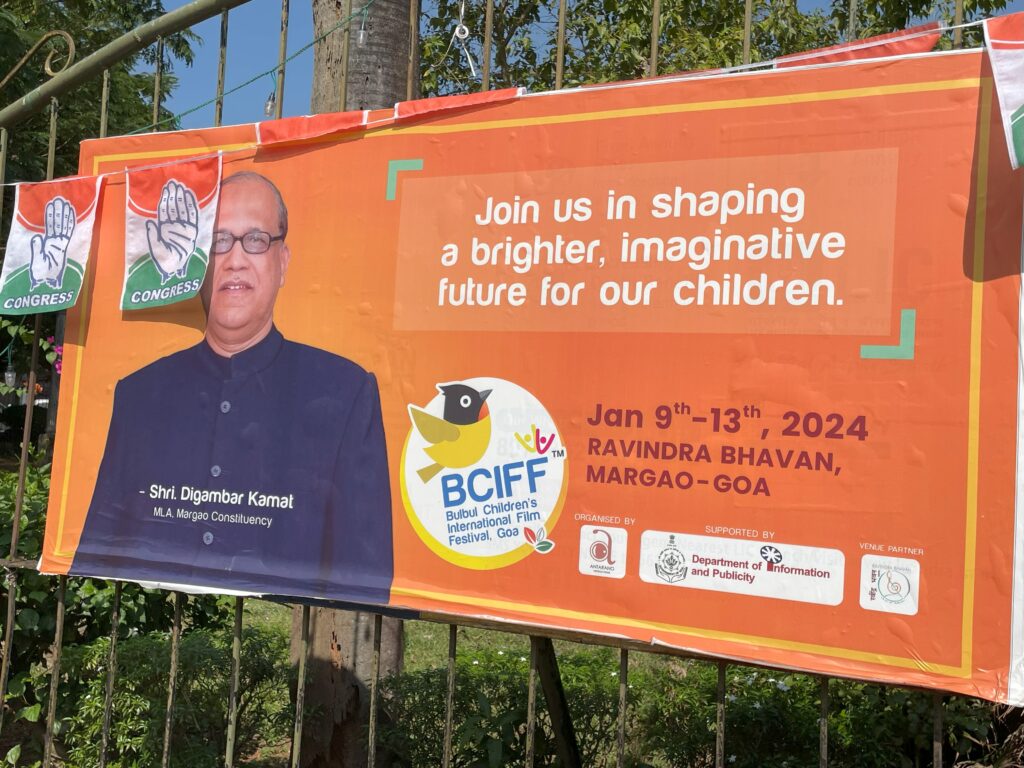

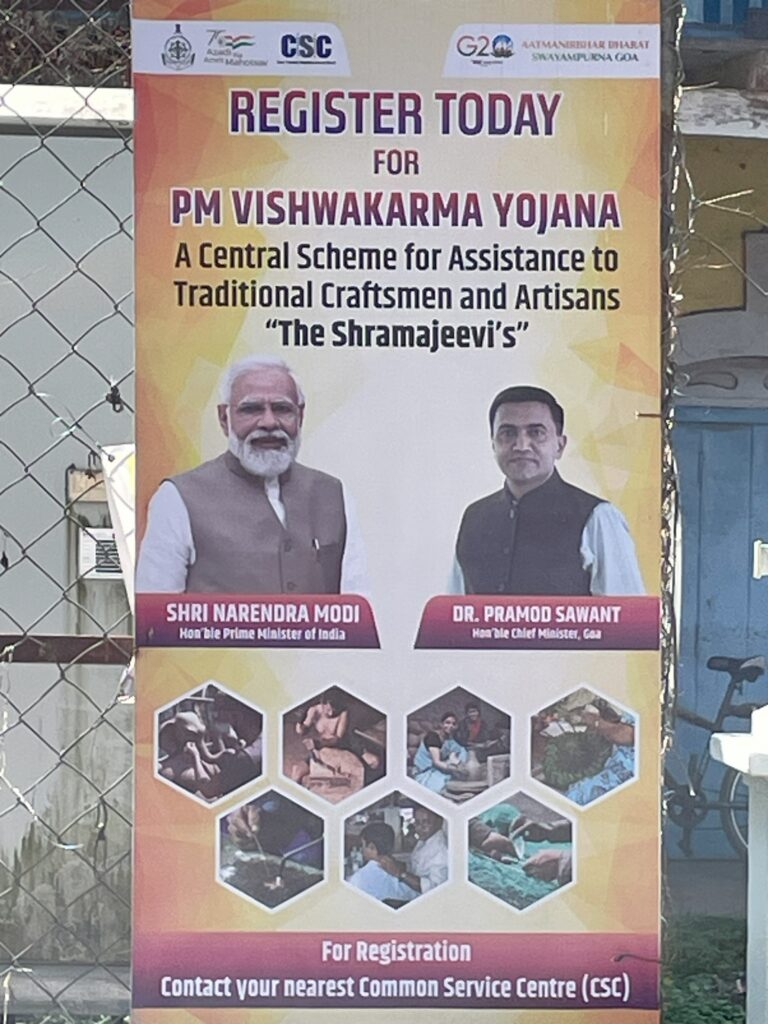
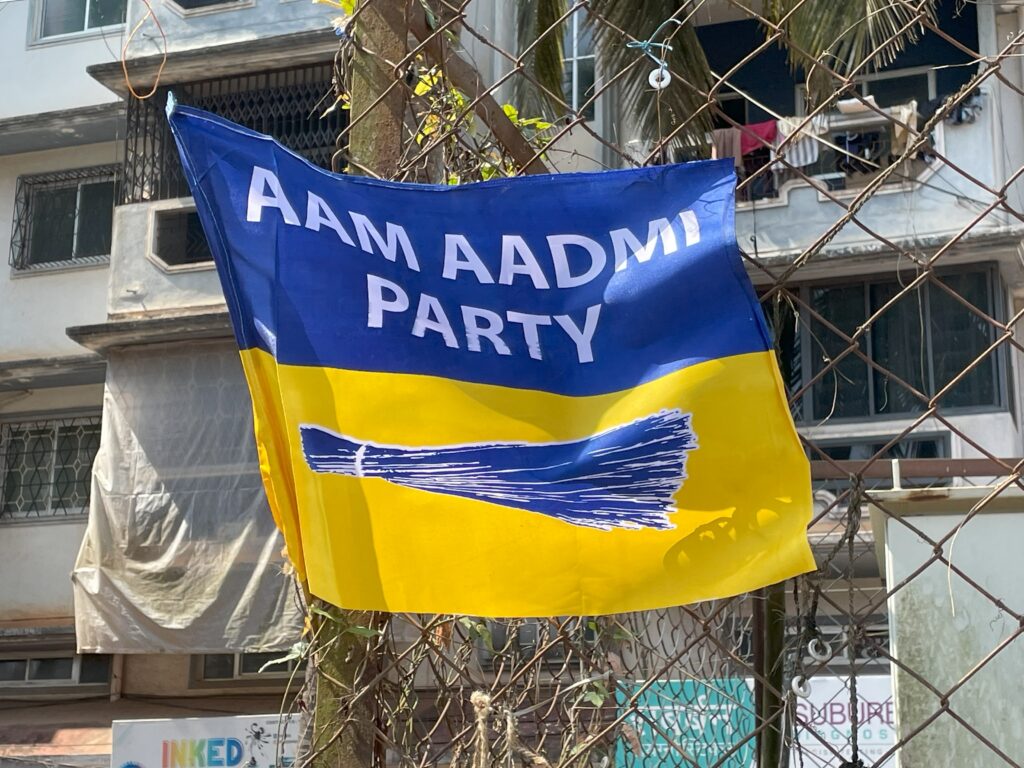

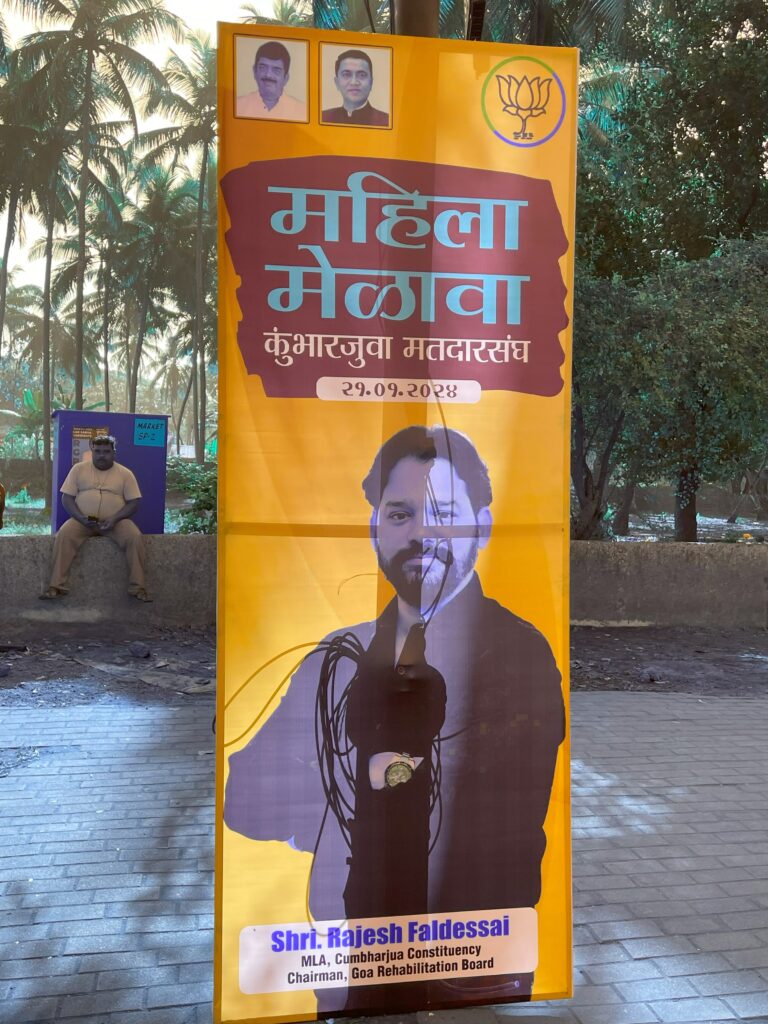
“the people of India benefit from that basic enabler of liberty the ability to ‘kick the buggers out’”
Why does all this matter? Democracy’s support and advance human freedom, something we should all want. Democracies promote general economic growth and their citizens wellbeing, and democracies don’t tend to ever go to war with each other. In a world reverting to a more multi polar state, quite apart from the benefits to its own people, I want the 5th biggest economy, and most populous country to be democratic and free.
We should all be thankful this massive country and significant power is a democracy and the people of India benefit from that basic enabler of liberty the ability to ‘kick the buggers out’ when the party of power no longer meets the people’s needs.



